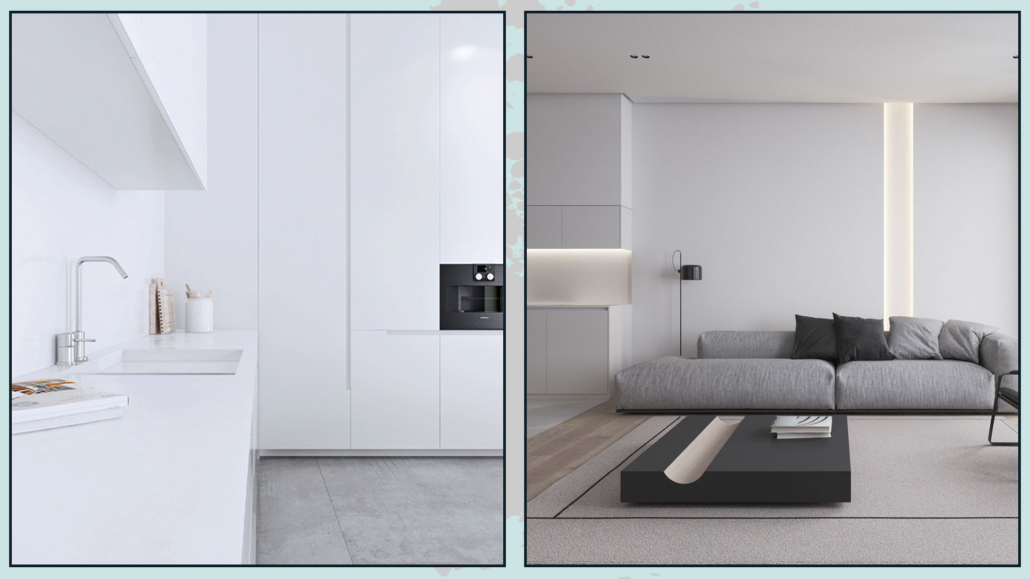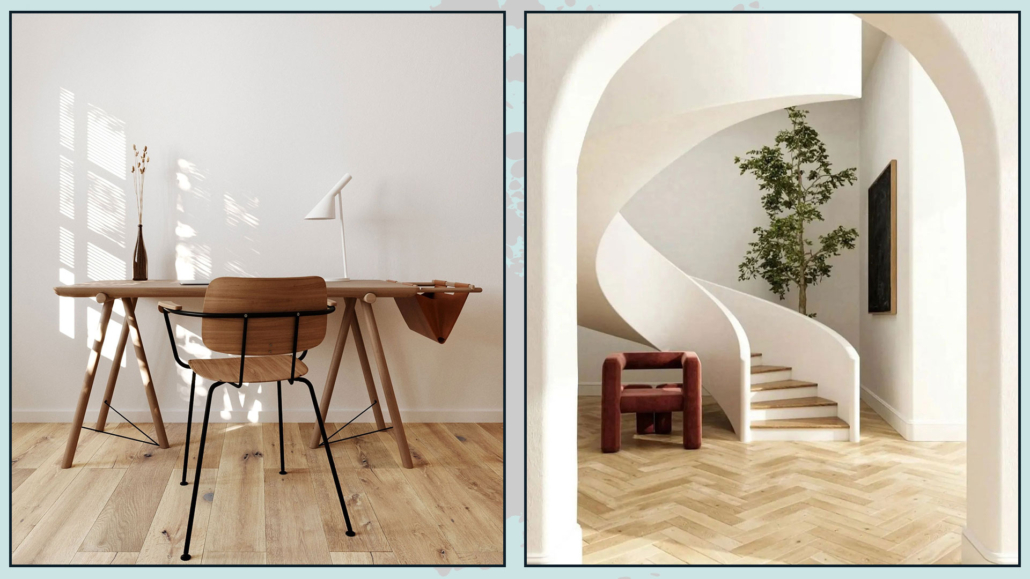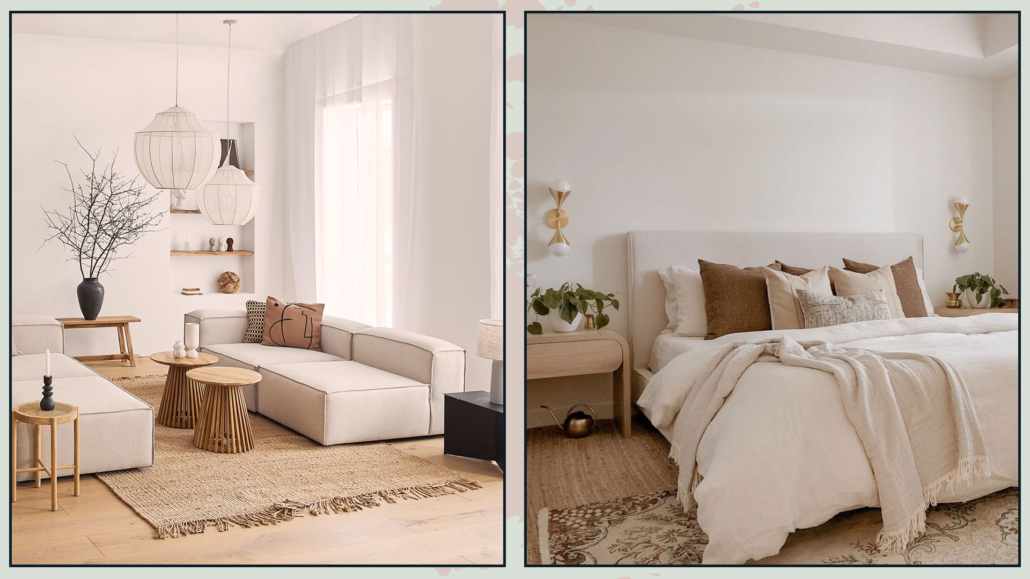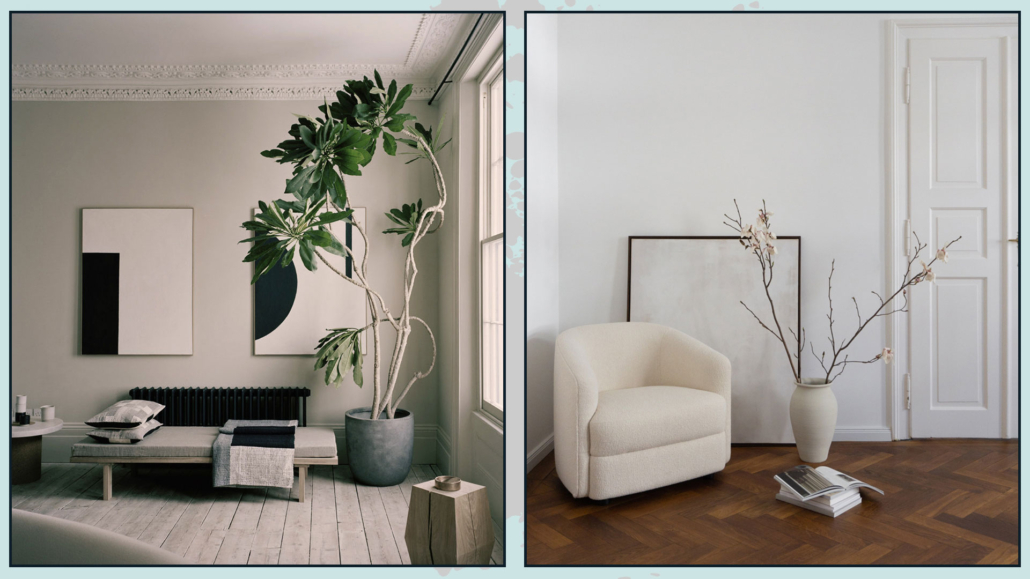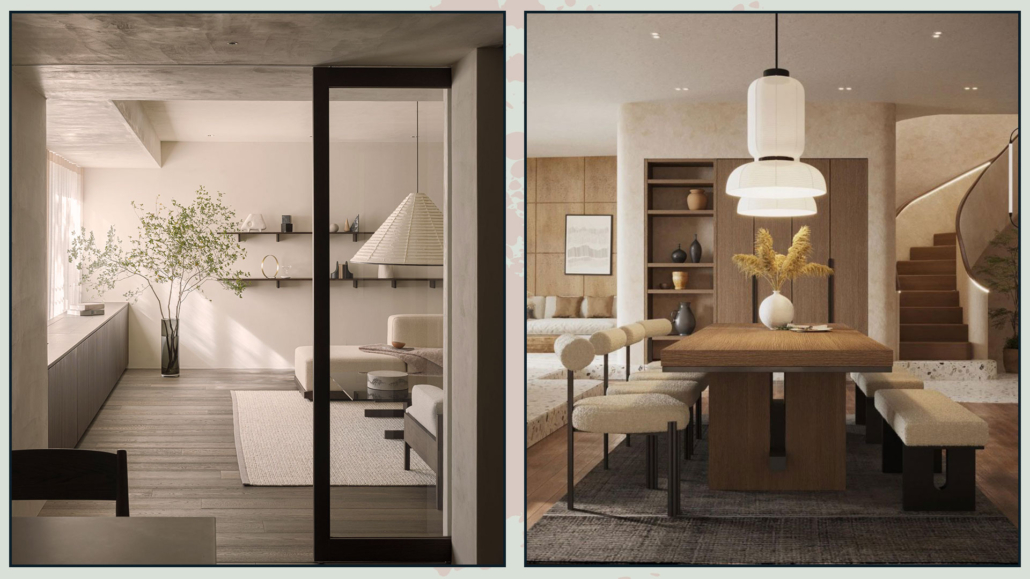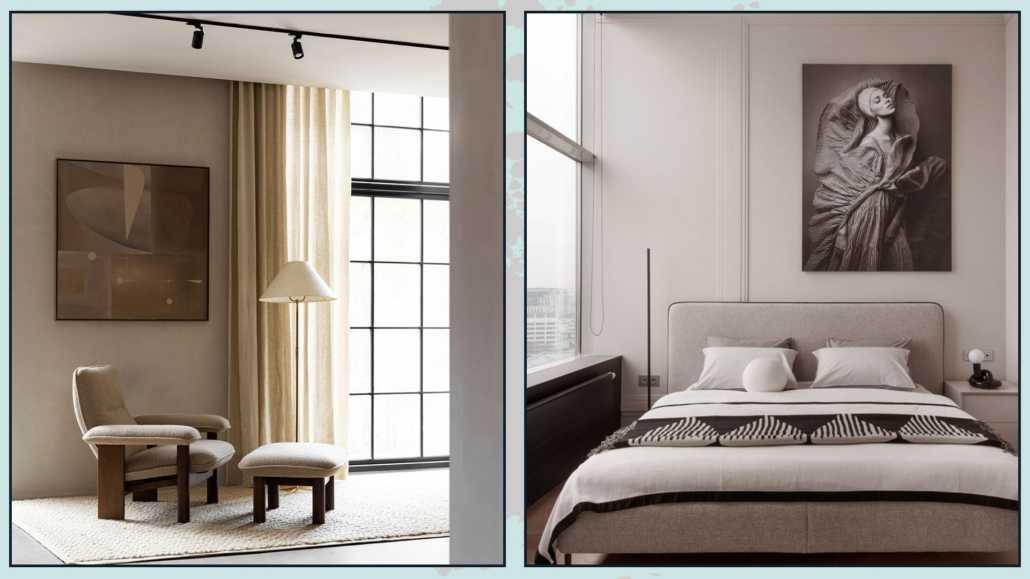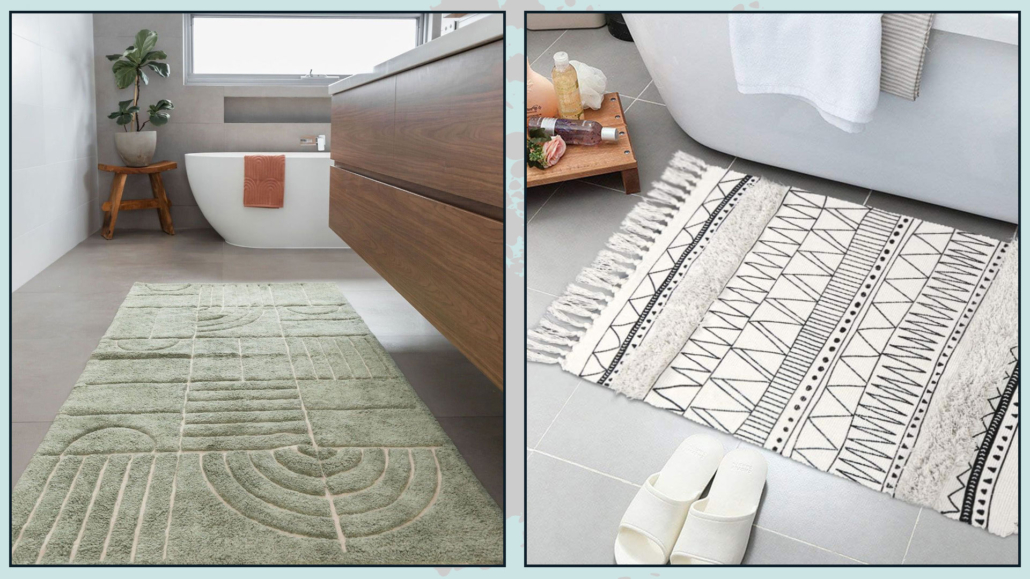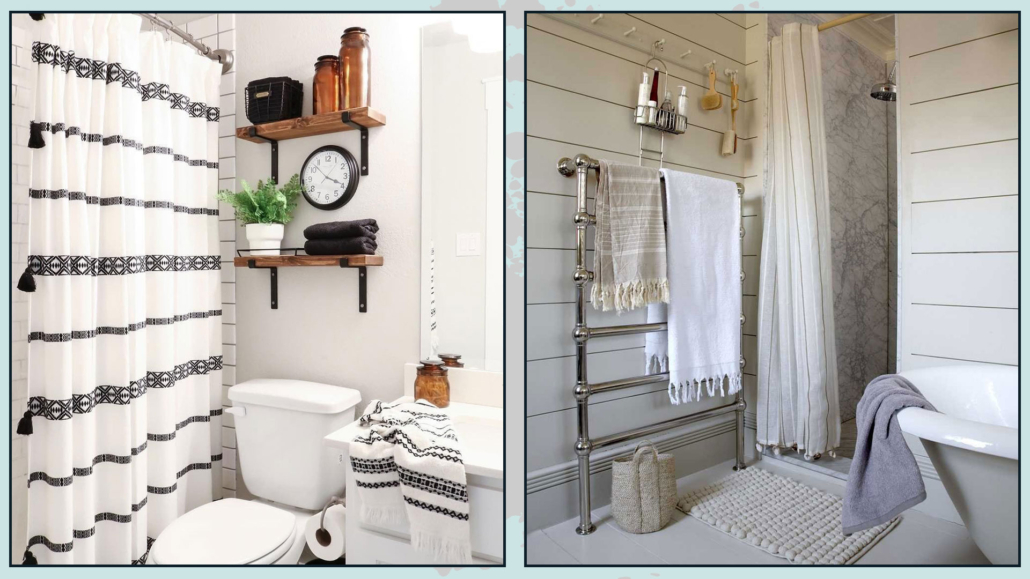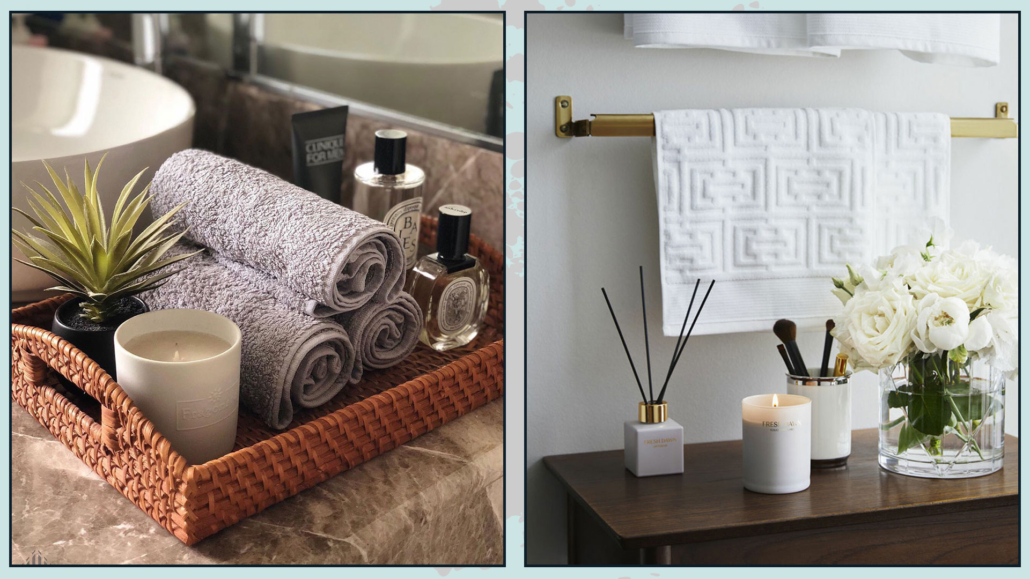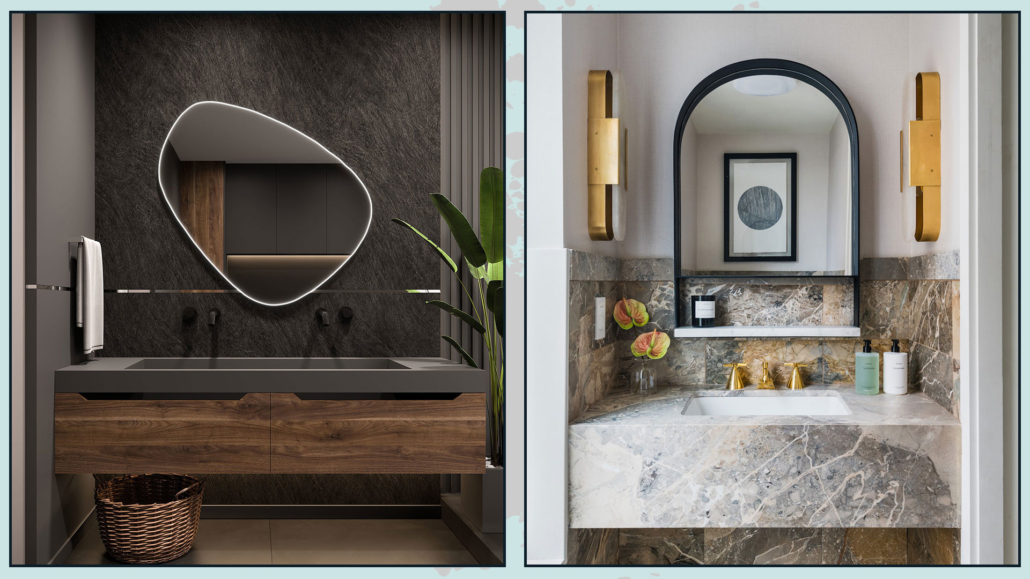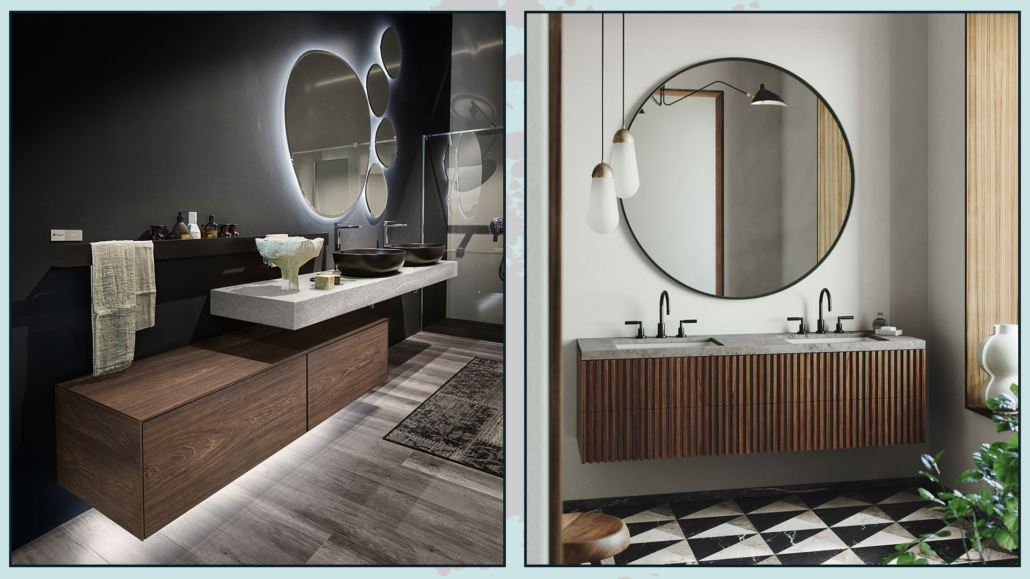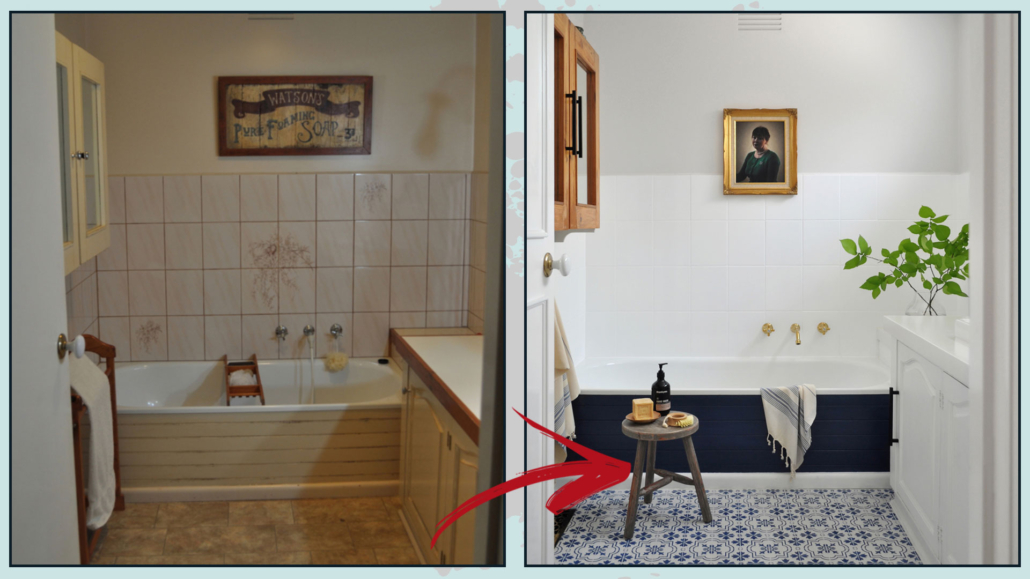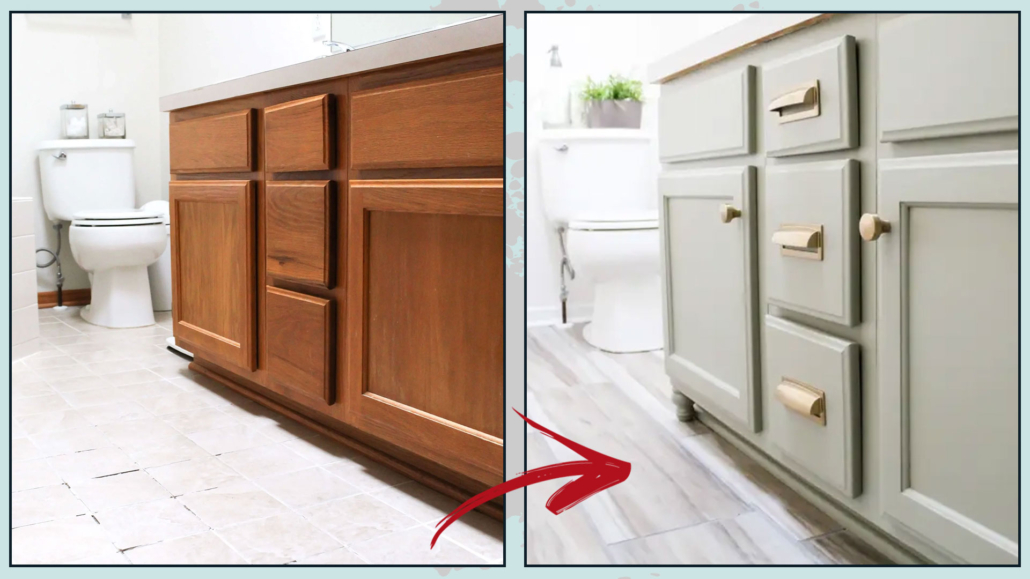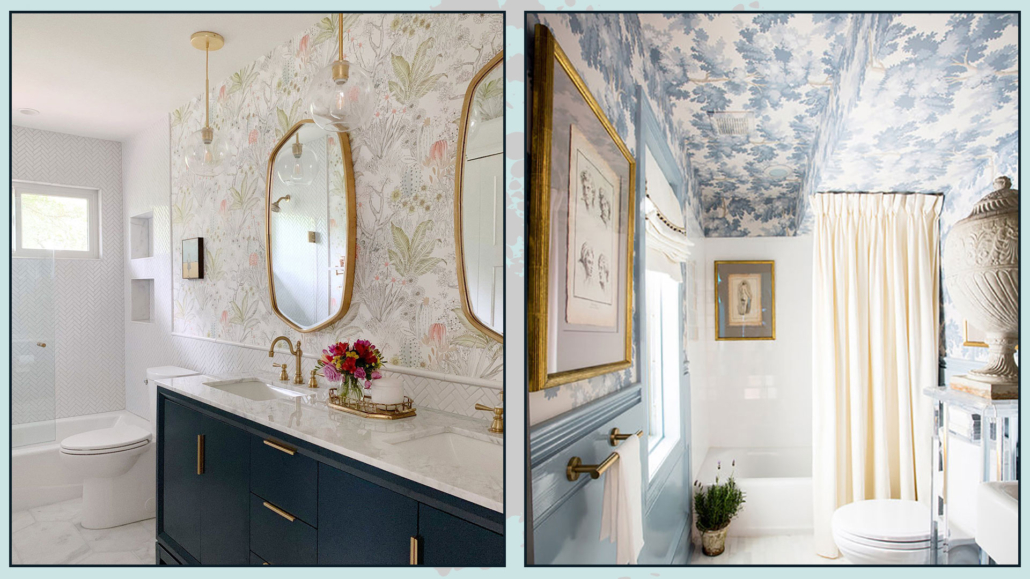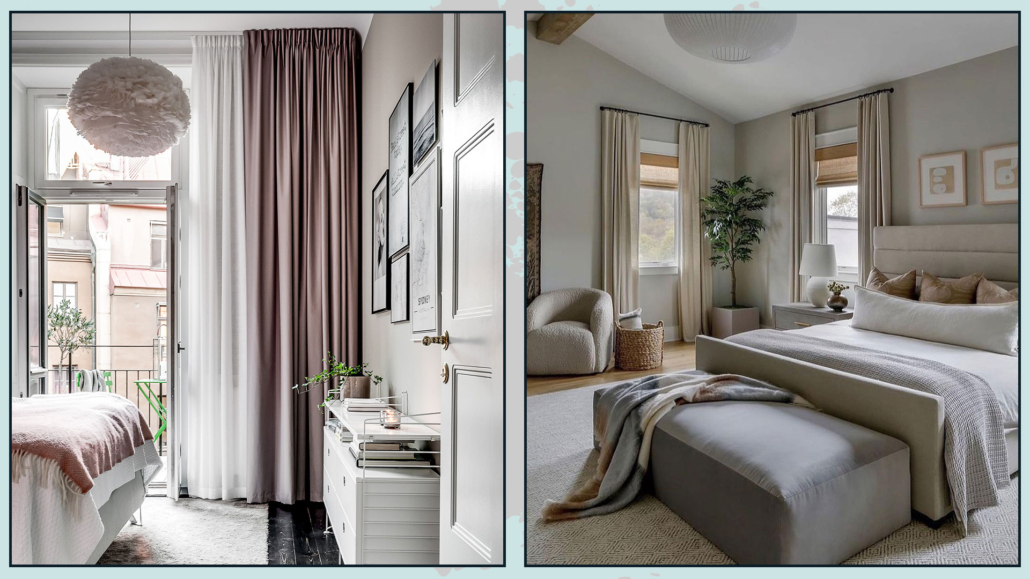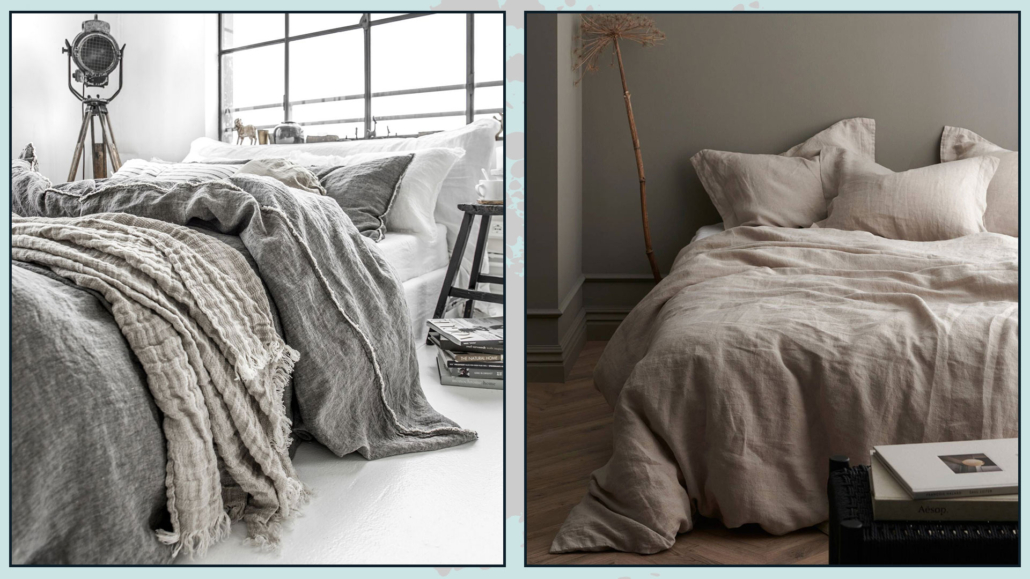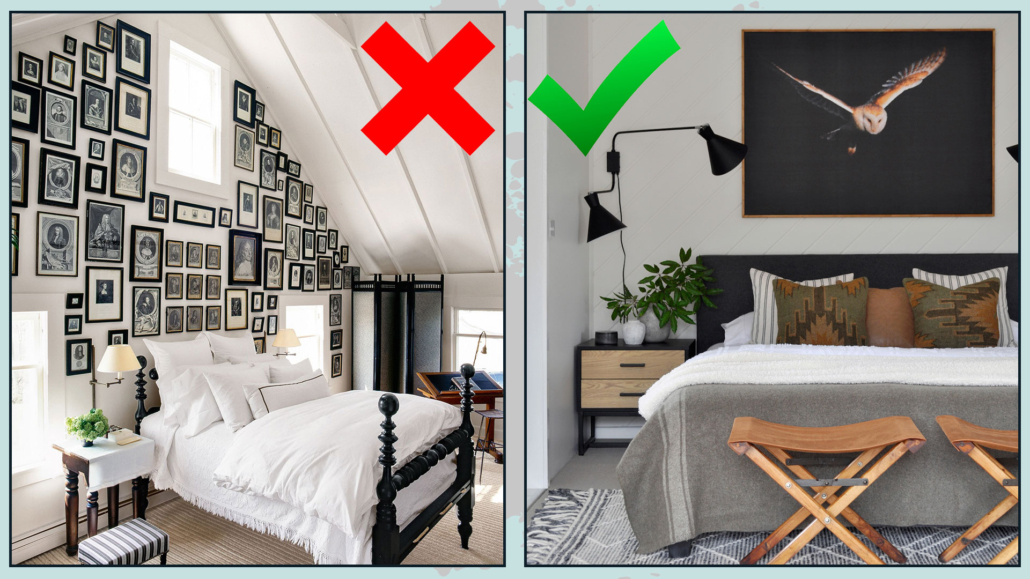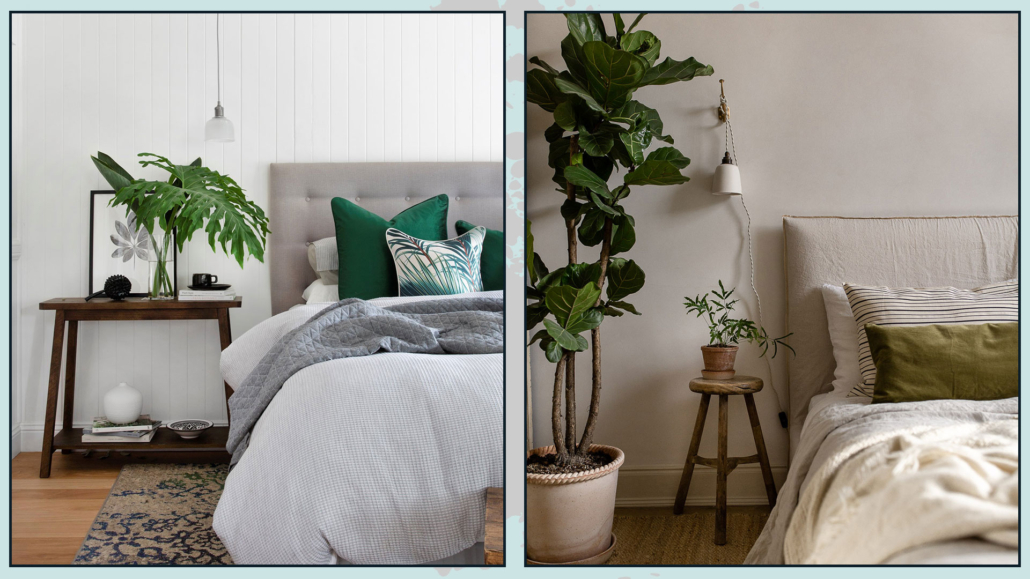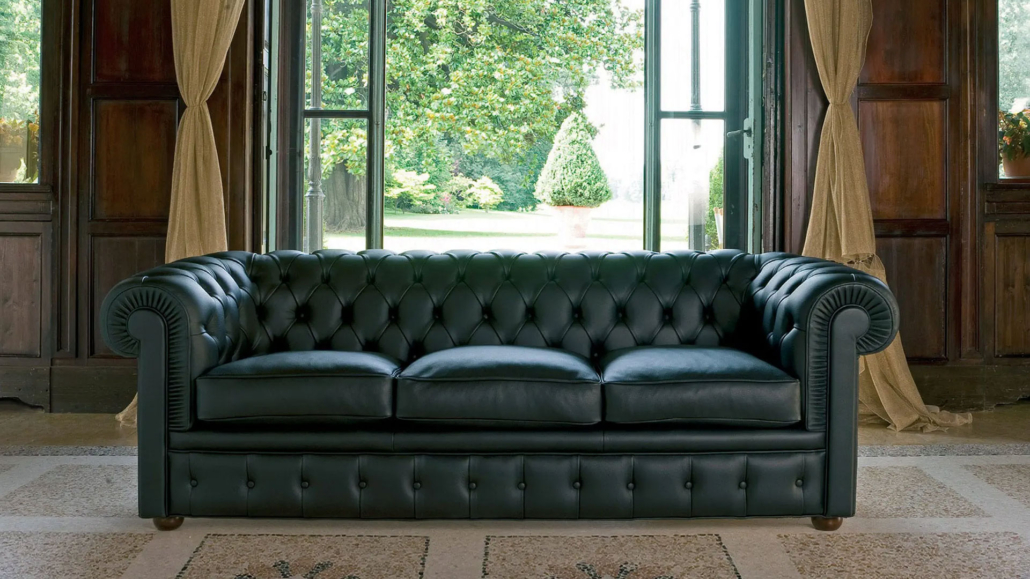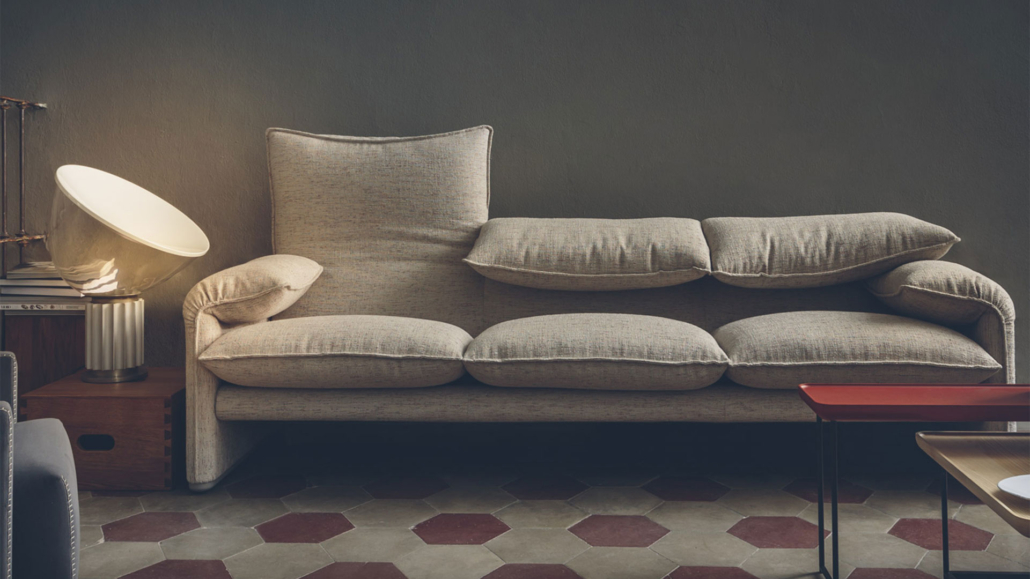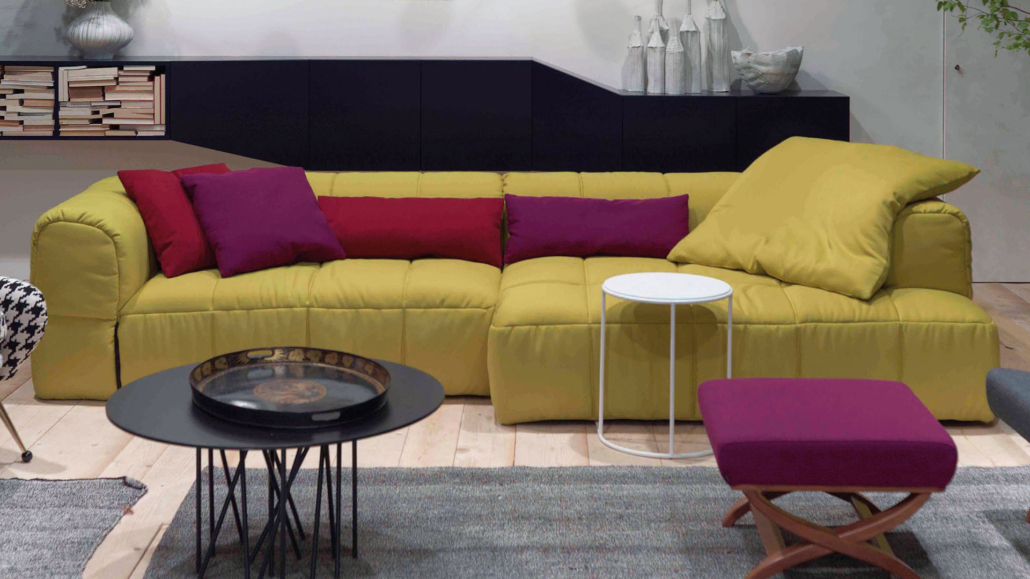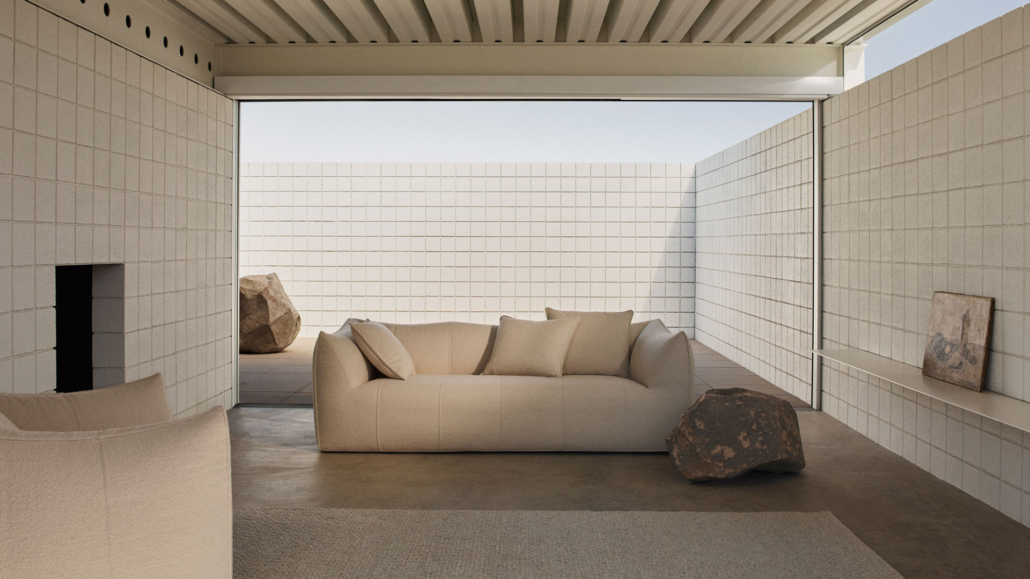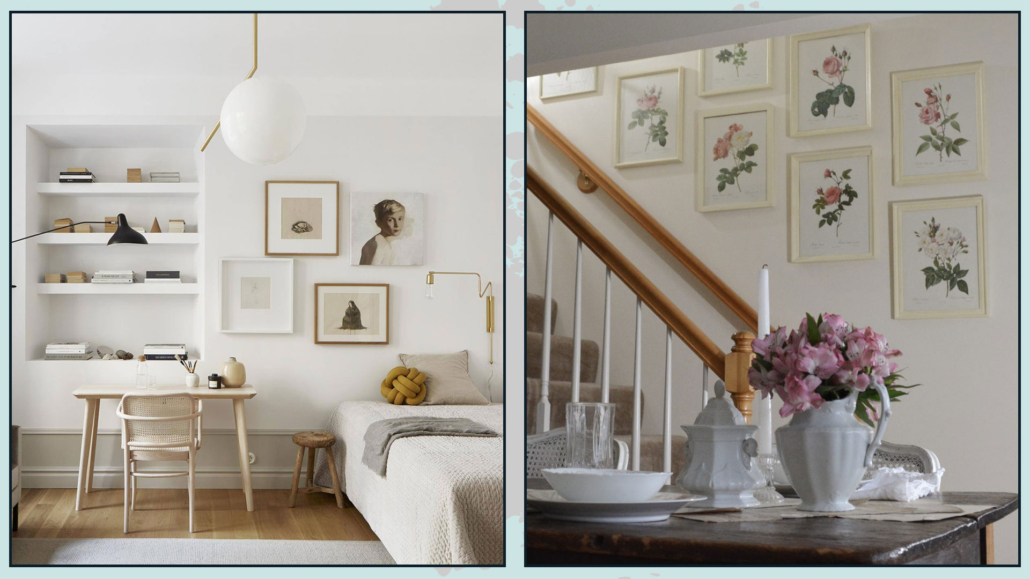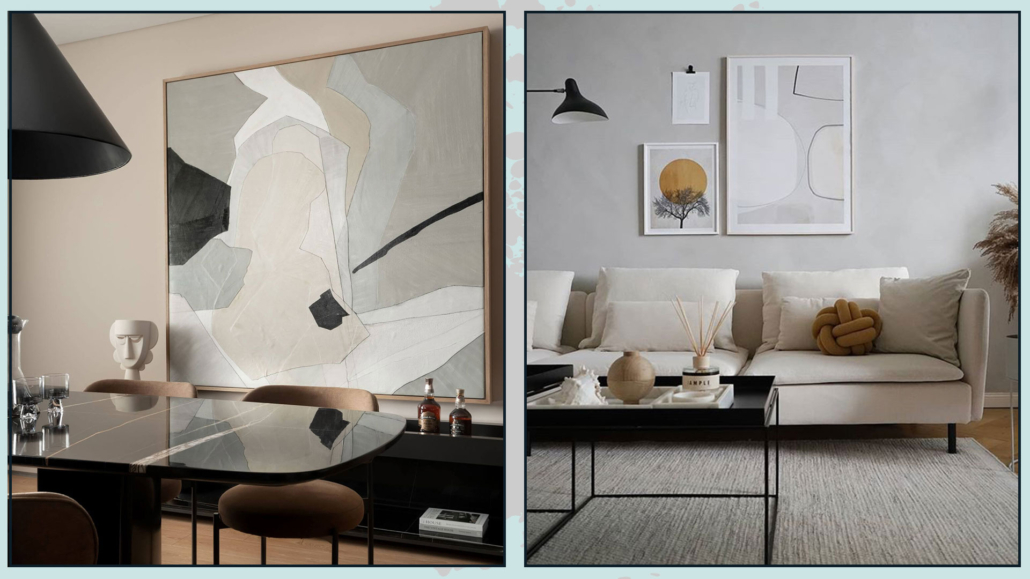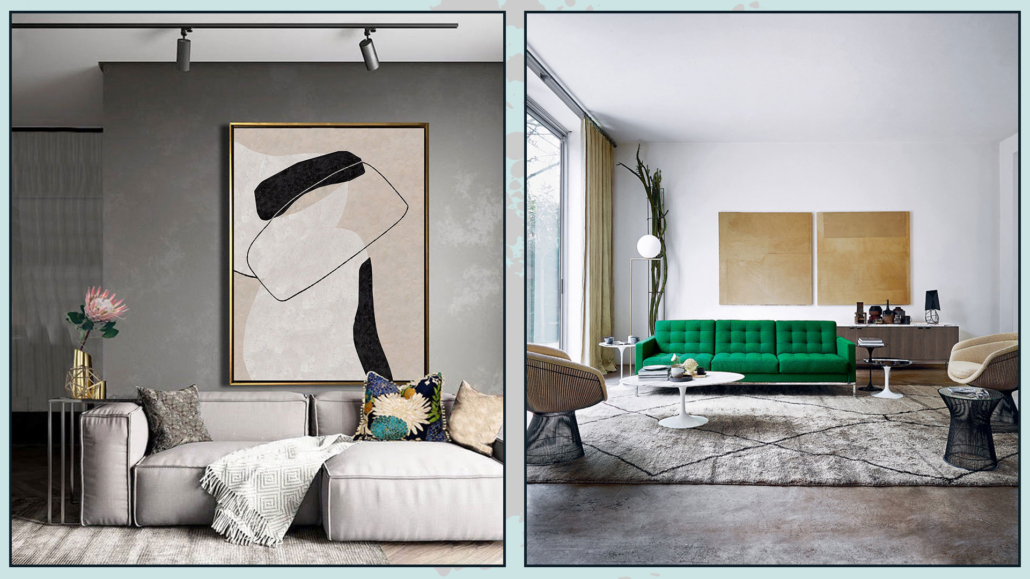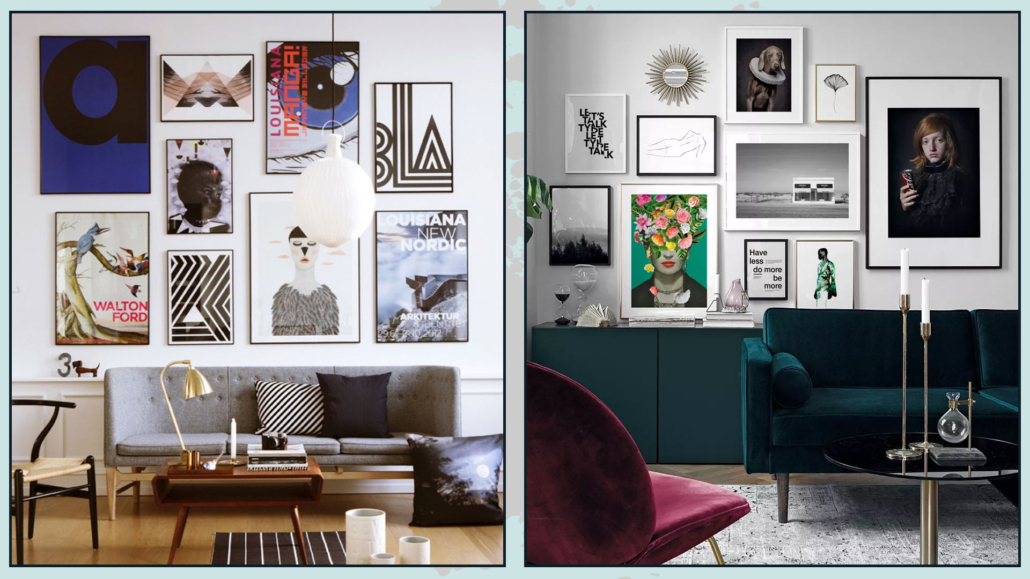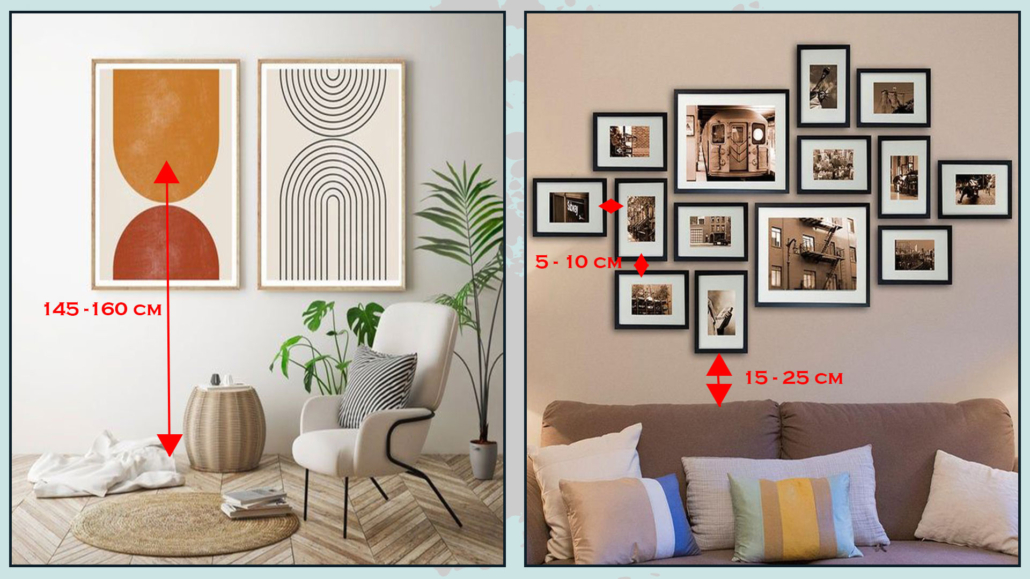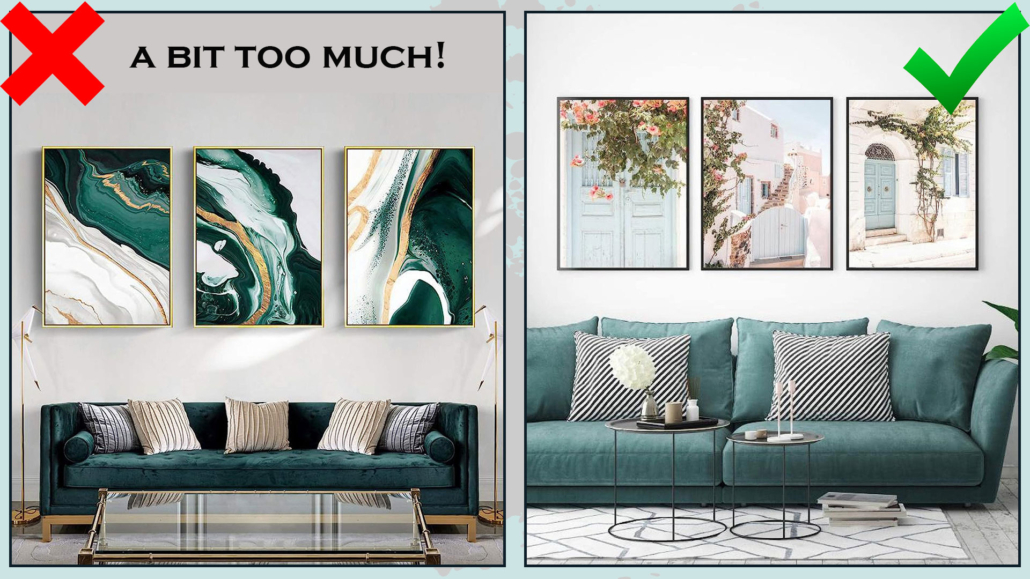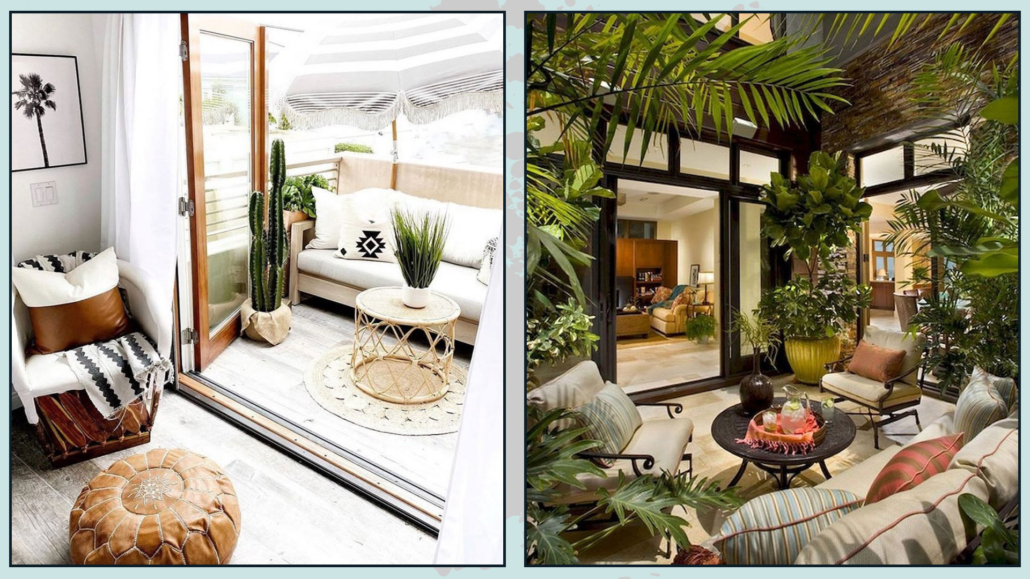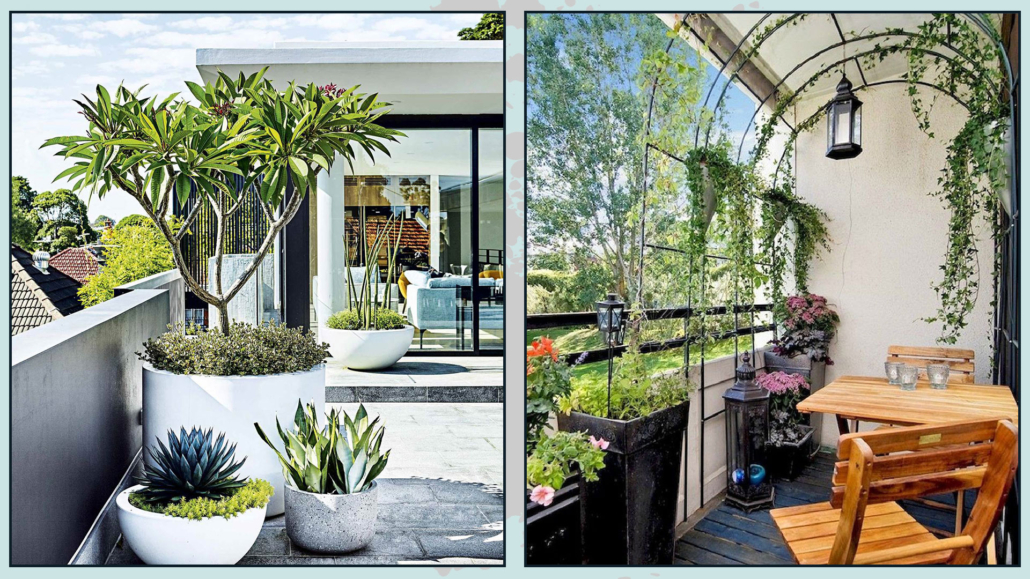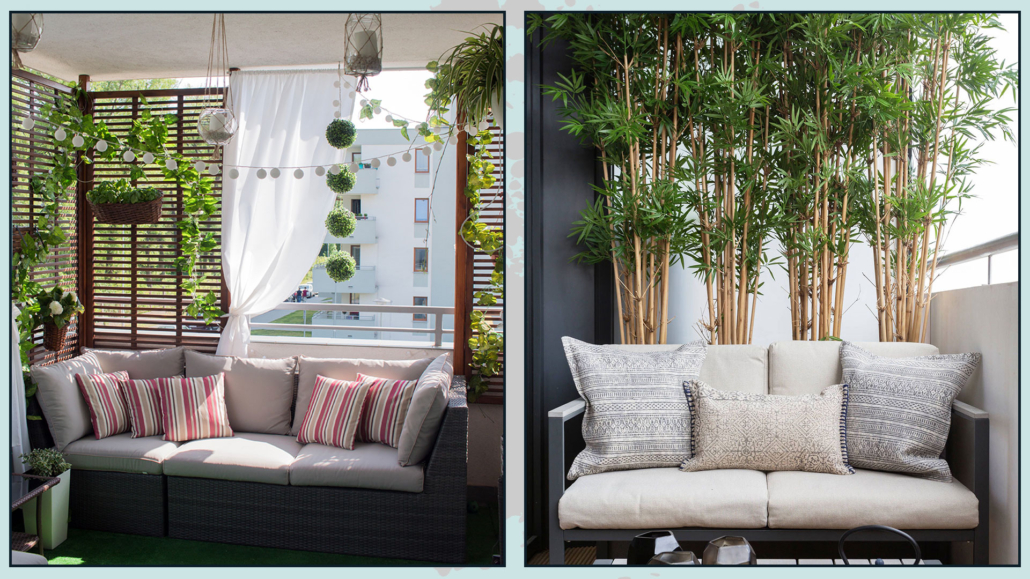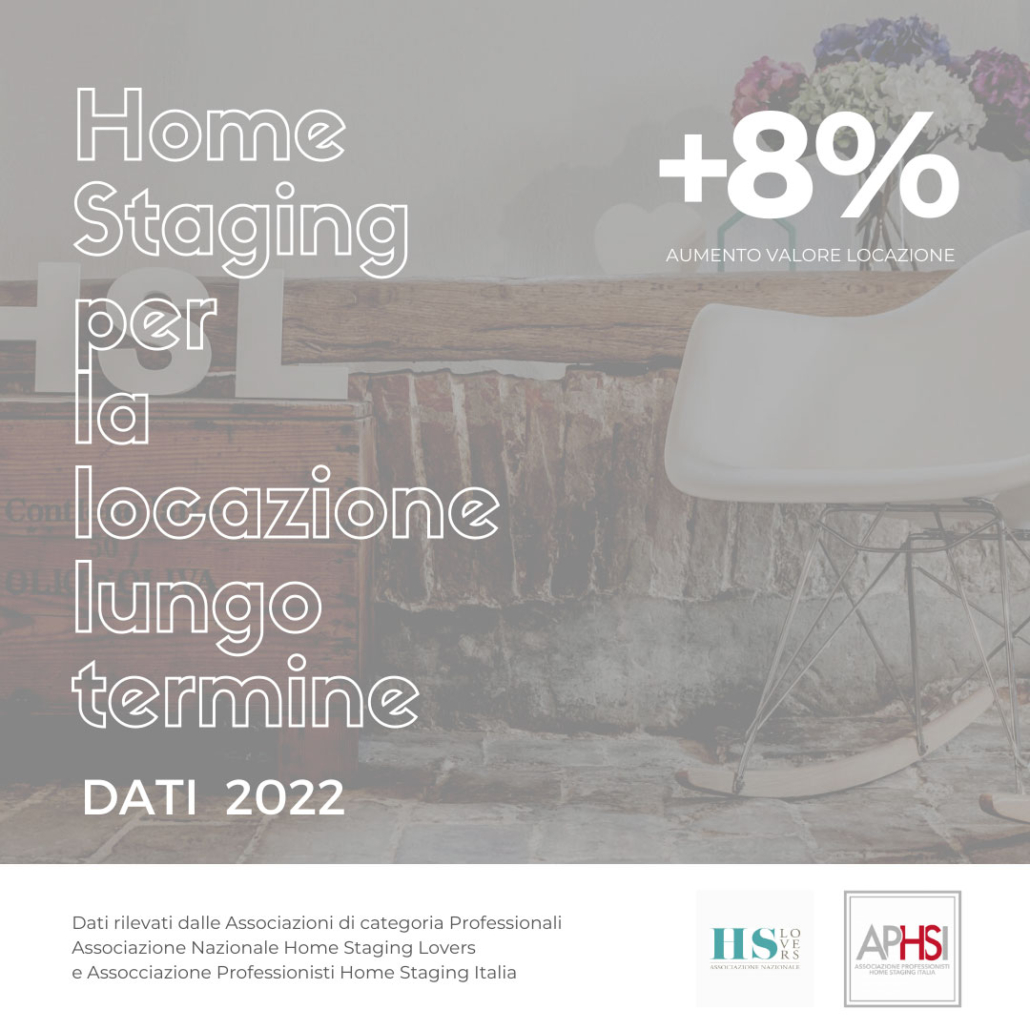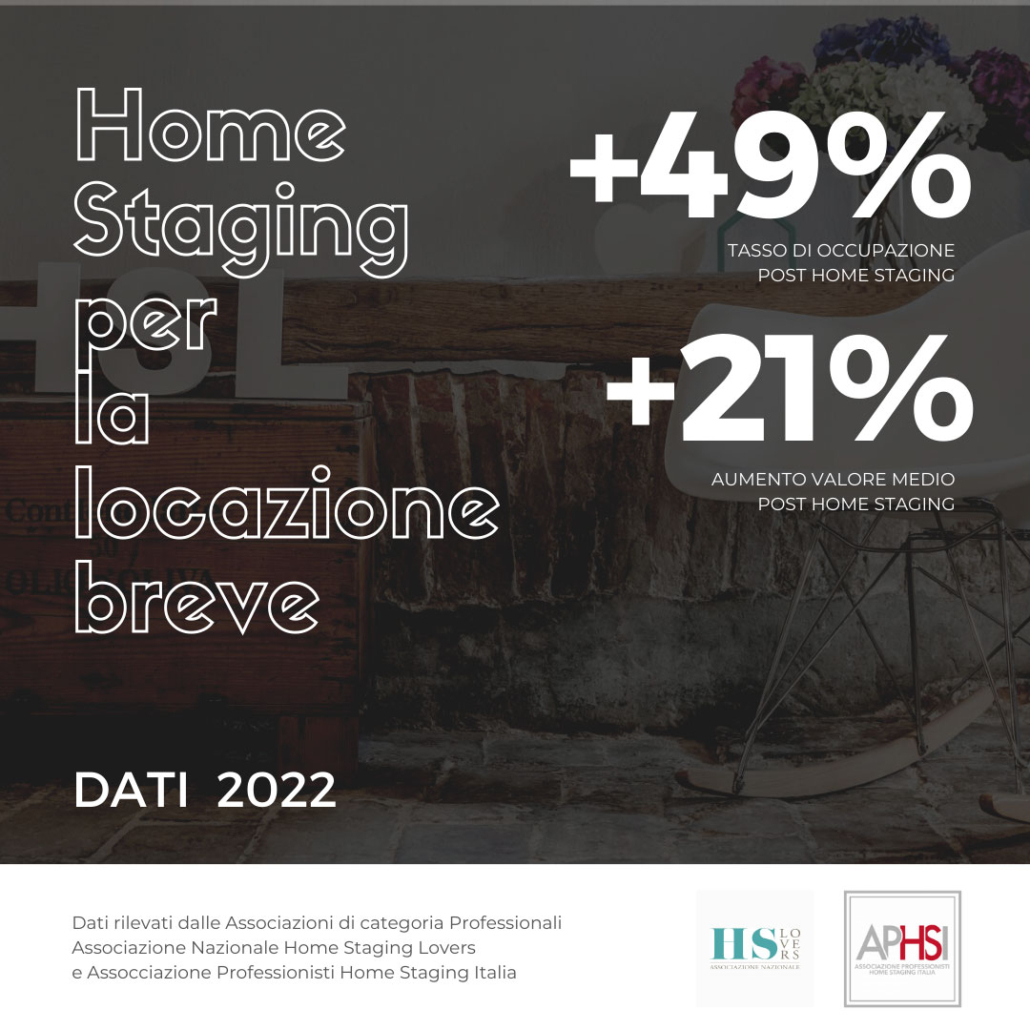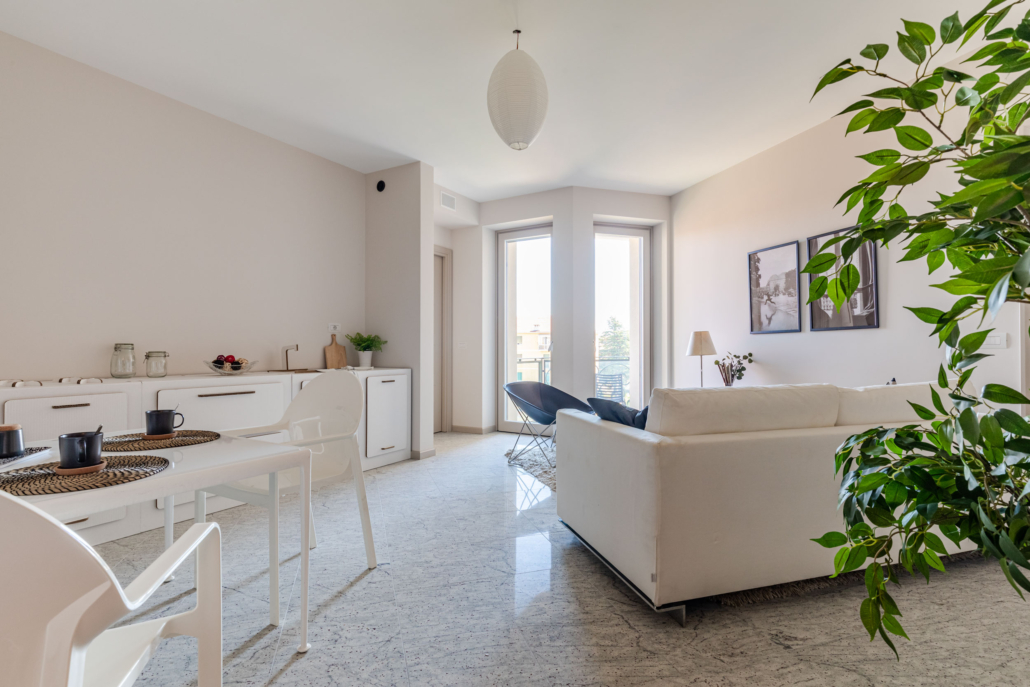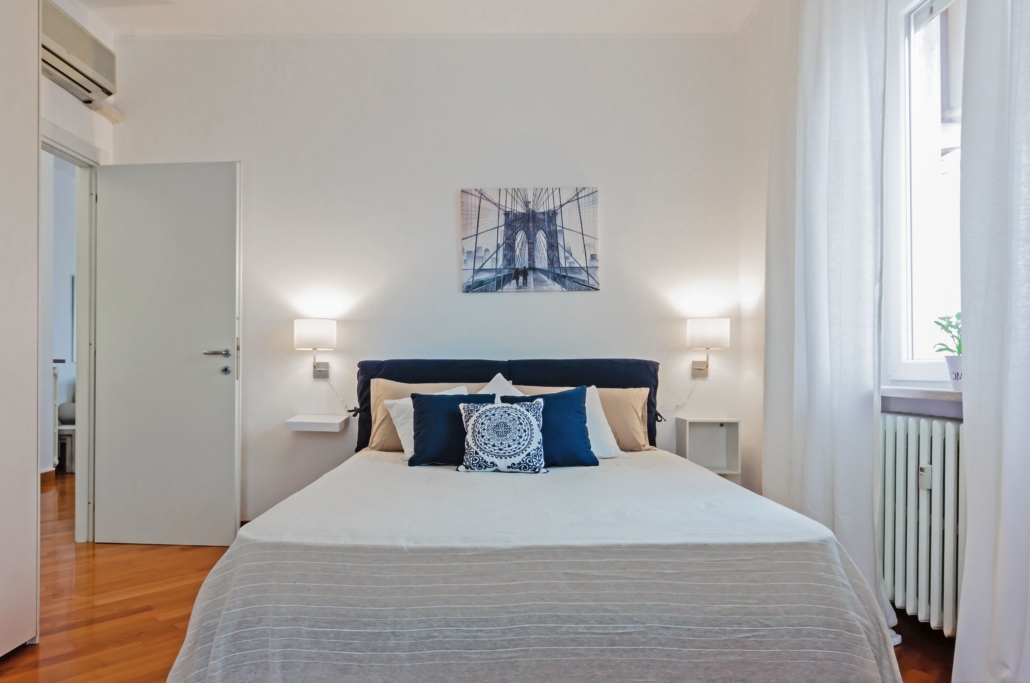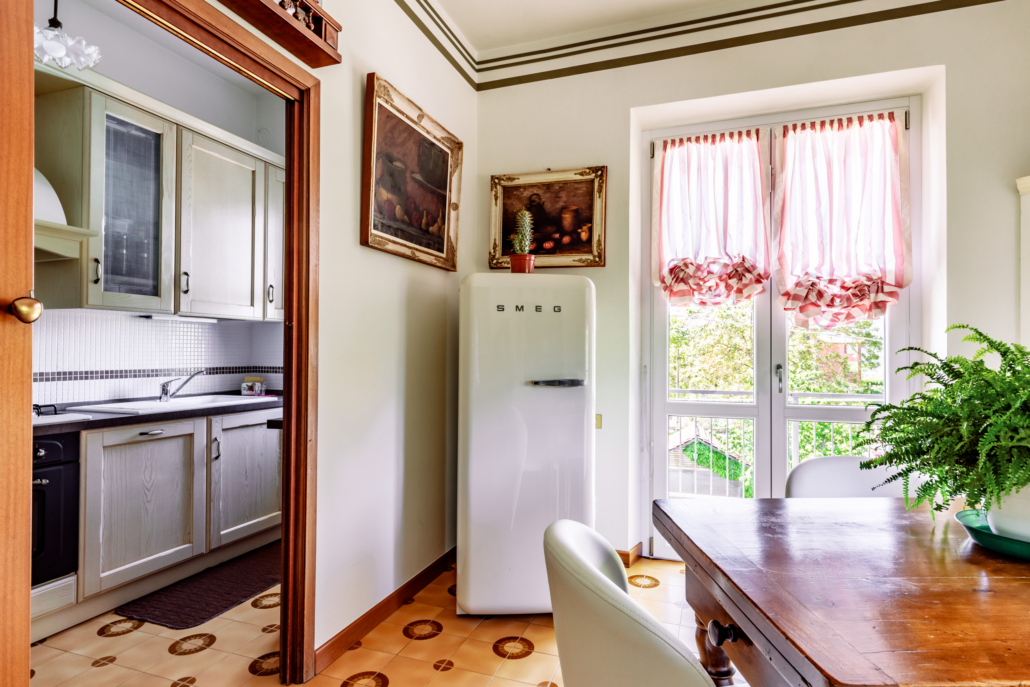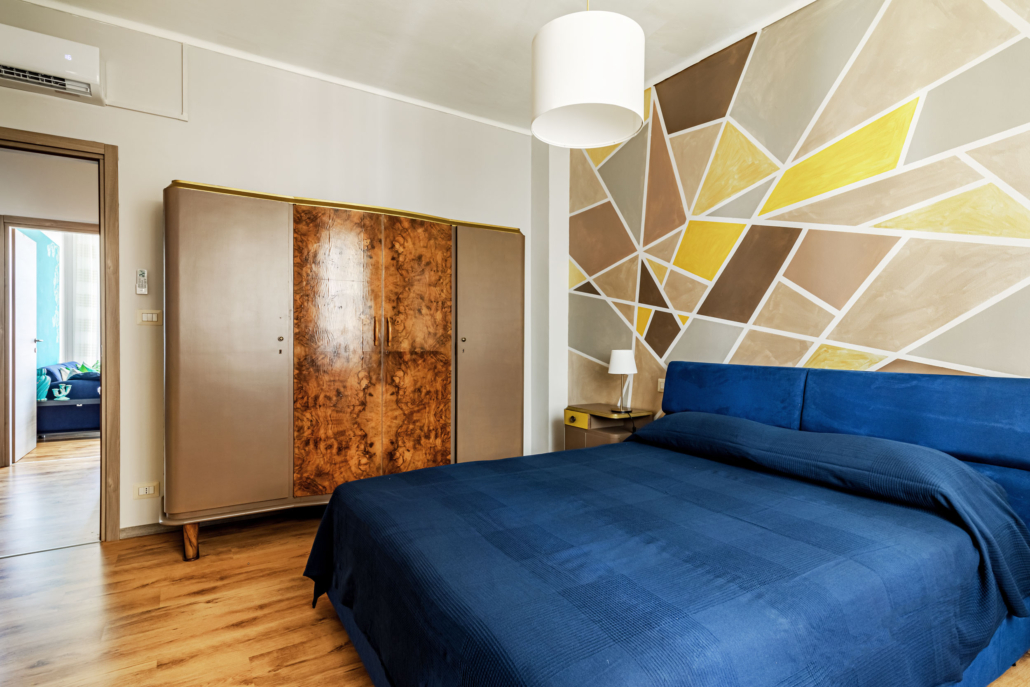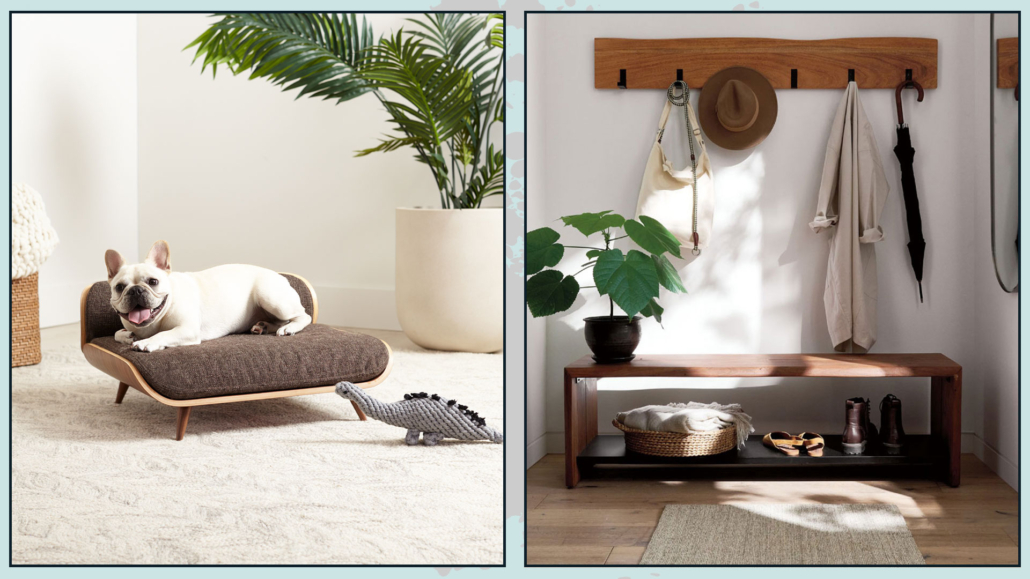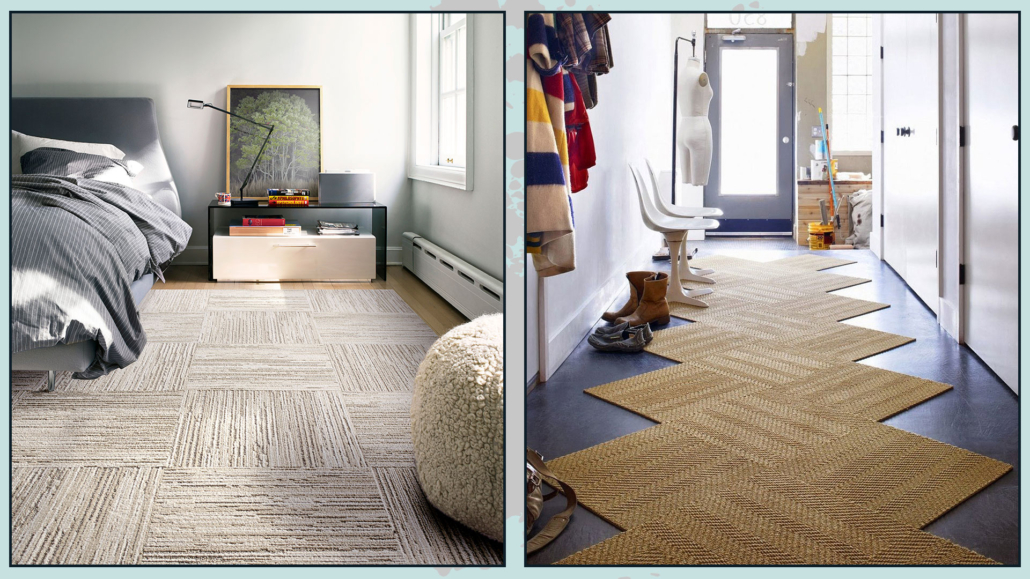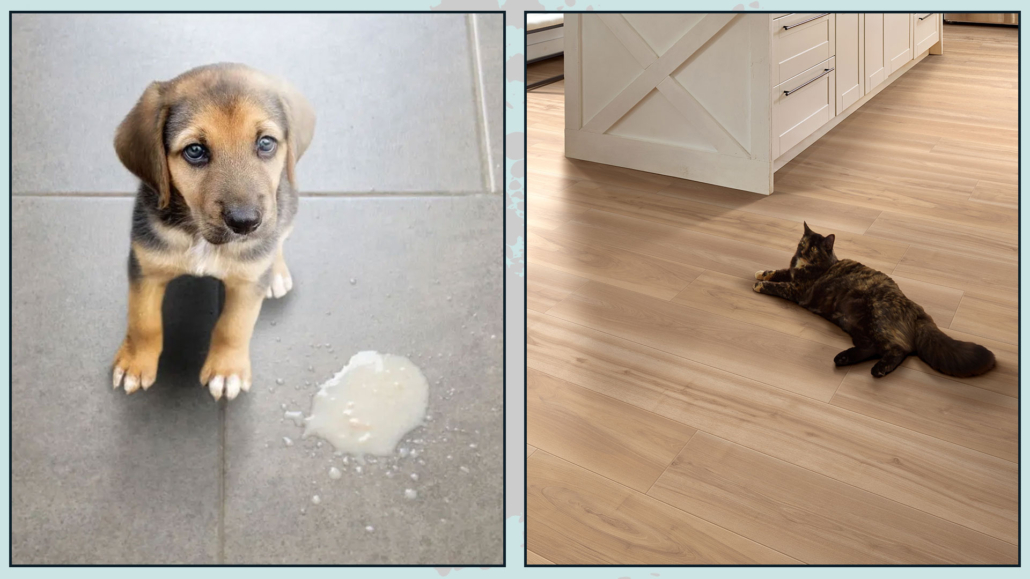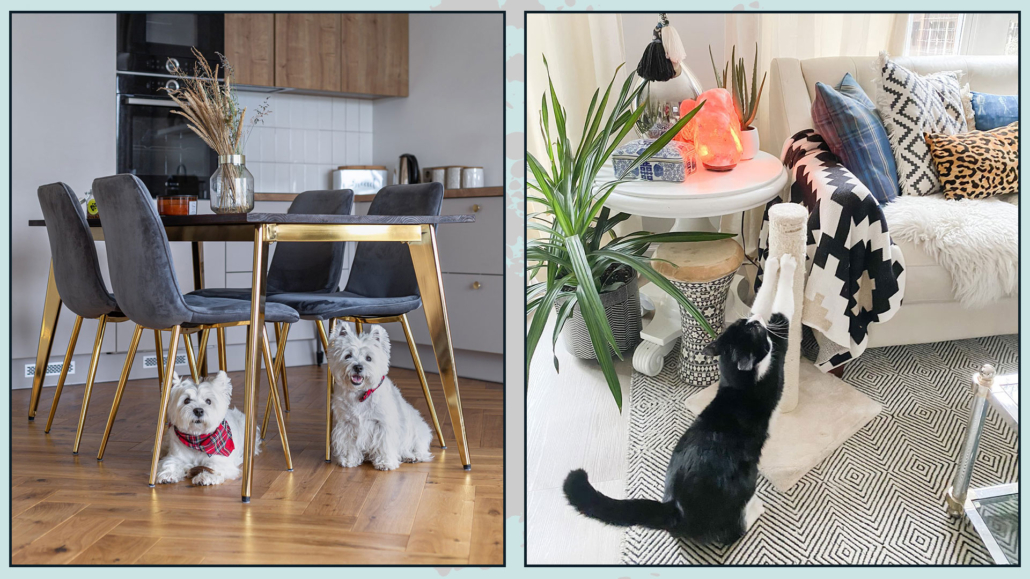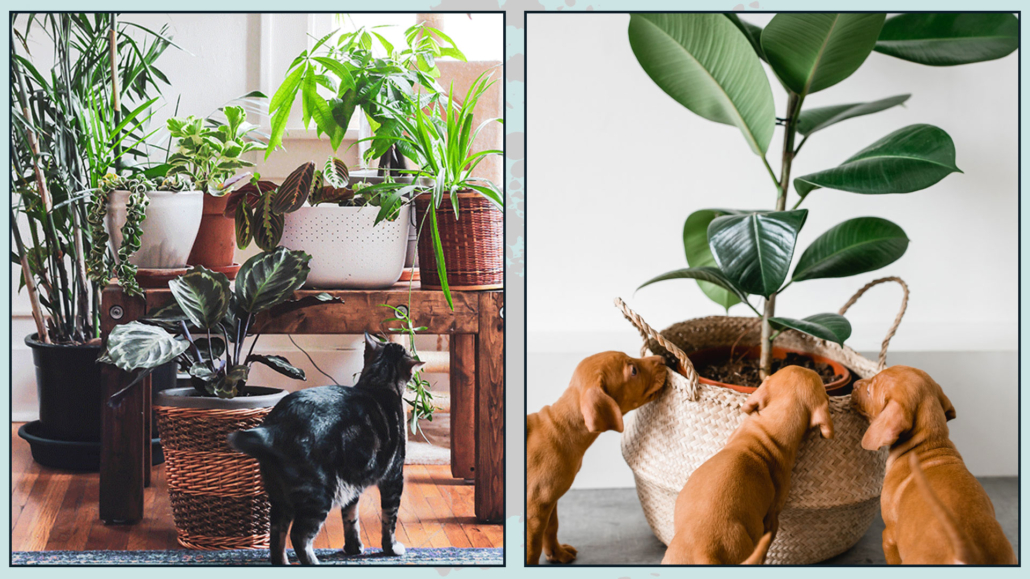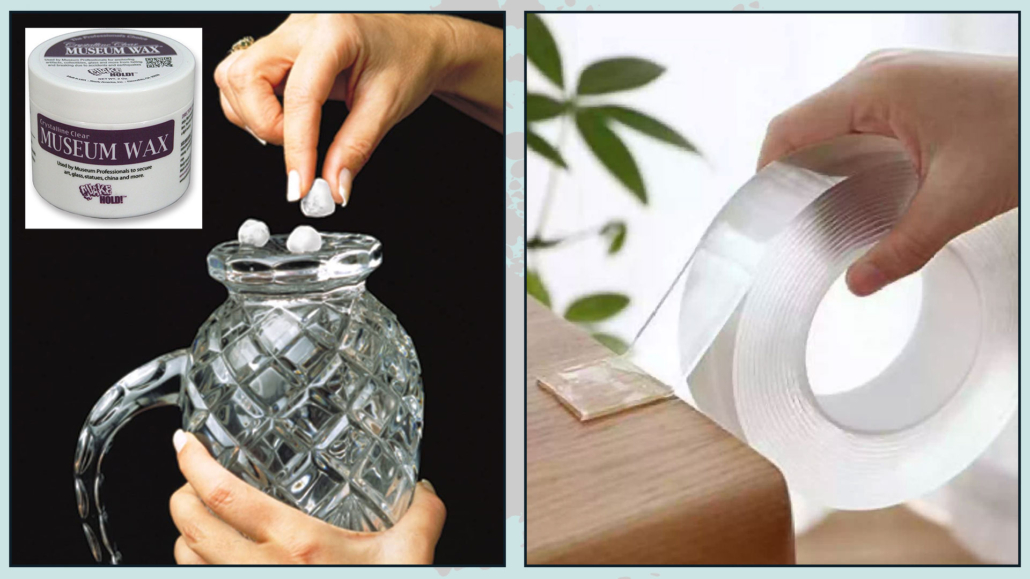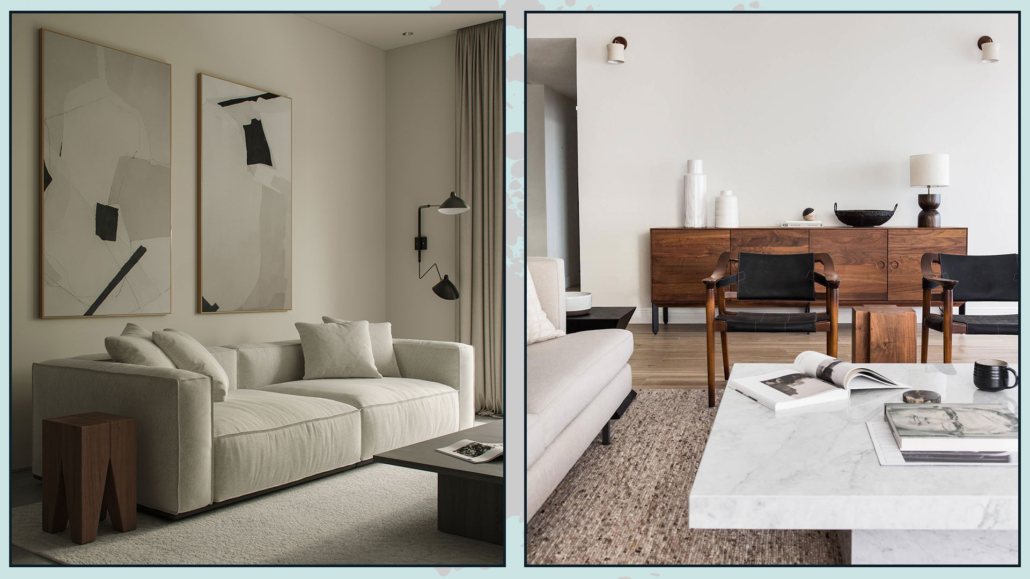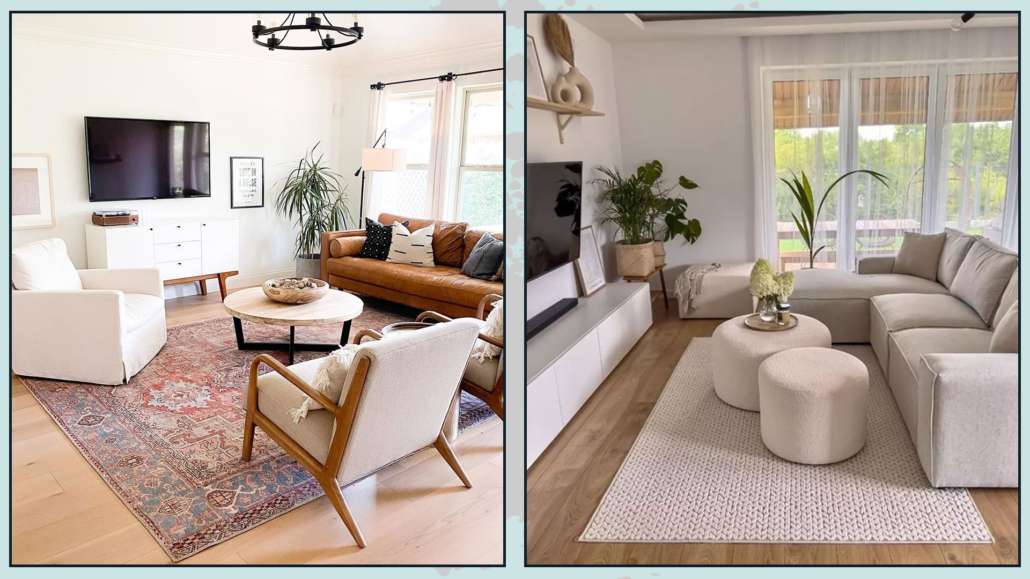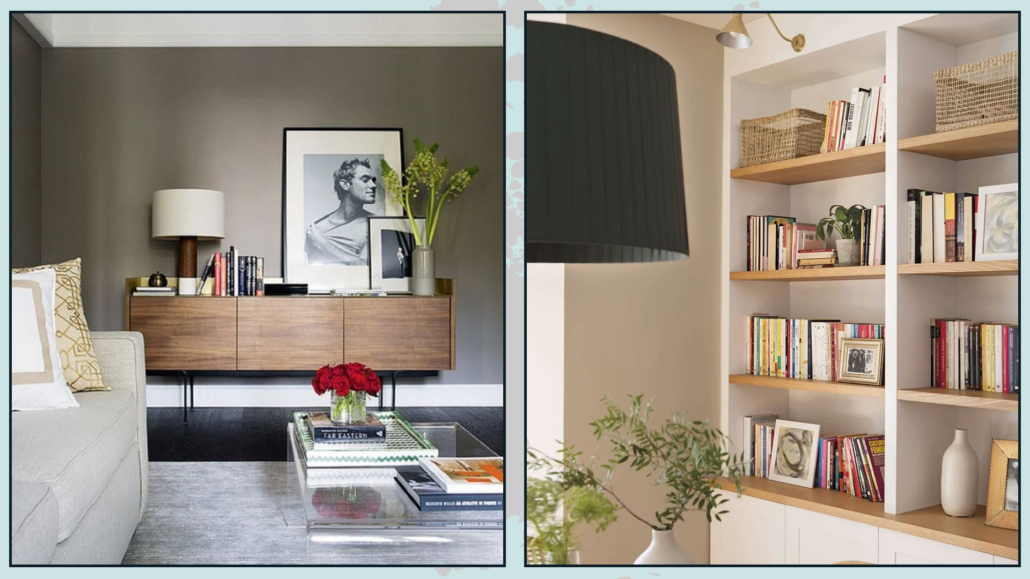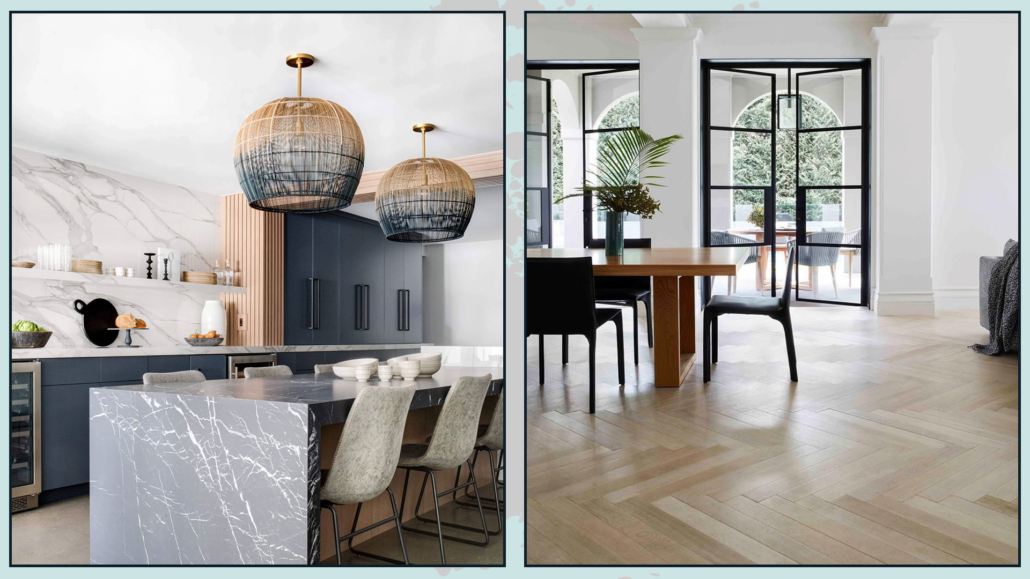It is paramount to be able to furnish the living room correctly and functionally, as it is the room we use the most to relax and/or entertain guests!
The choice of furniture and how to arrange them will make a big difference in making this space truly pleasant and inviting.
Today, let’s see together how to do it!
– FUNCTIONALITY
The very first thing to do is to determine whether this room will be used only as a living room or if there will also be a dining area.
Depending on the size of the space, in the second case, it will be necessary to decide whether to give more importance to the dining area or vice versa.
This choice, of course, will depend on how many guests you have for lunch or dinner and how often!
With this premise, let’s now focus more specifically on the living area.
To furnish the living room in the best way, the main thing to understand is how you intend to use this space:
– relaxation
– reading
– television viewing
– socializing/Entertaining
Of course, one doesn’t exclude the others, but everything should revolve around the primary function you want to give it, to make the most of the living room!

(credits: Becky Shea Design; Pins studio)
– FIND THE FOCAL POINT
Once you have determined the functionality you want to give to this area, it will be essential to find the focal point.
Sometimes, this may be immediately apparent, like a fireplace or a window with a beautiful view.
Most of the time, however, you may need to create it!
The focal point is crucial because everything should revolve in some way around it!
It could be the entertainment wall, or if you prefer, it could be the sofa!
If you want to learn a bit more about focal points, I have discussed them here!

(credits: vault-light.com; alibaba)
– TAKE ACCURATE MEASUREMENTS
Taking measurements of everything is important for properly planning and furnishing a space!
Measure the walls, heights, doors (including their opening width), windows, any niches, and even the locations of electrical outlets and light fixtures.
Once you’ve done this, draw a scaled floor plan on paper or using a specific software and virtually play around with furniture arrangements.
That will help you determine the best dimensions for the furniture, ensuring they fit well within the surrounding space!
Additionally, you’ll figure out how to position elements effectively to create a living room that suits your needs.
With this information, you’ll make more targeted and informed purchases.
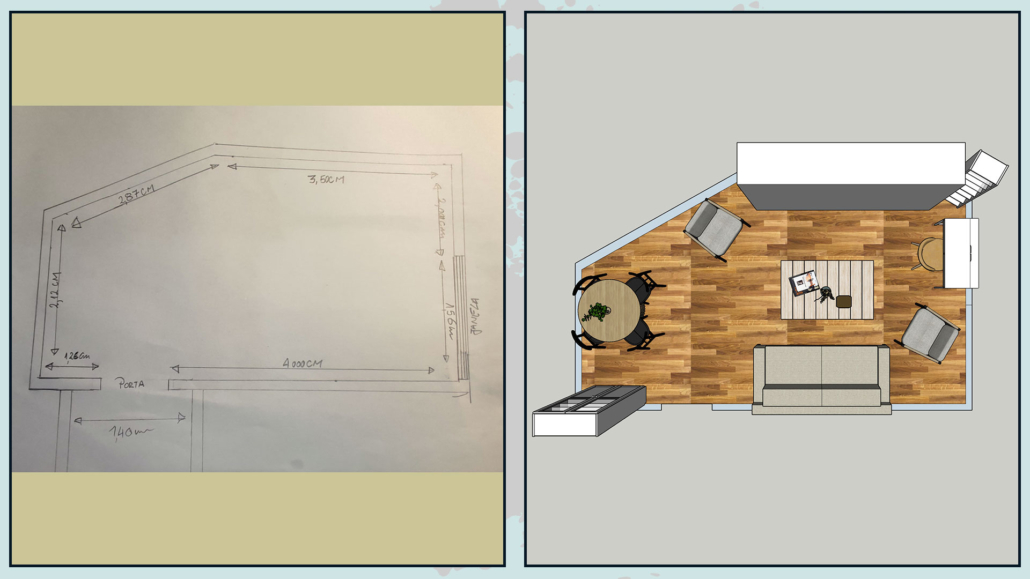
– PAY ATTENTION TO DISTANCES AND MANEUVERING SPACE
When arranging your furniture, consider how you move around the room, aiming to make each area as accessible as possible.
Avoid blocking pathways with oversized furniture or sofas, even if they are proportionate to the space.
You might opt for two armchairs instead of a sofa; the seating capacity would be the same, but it would allow for better space utilization.
Also, be mindful of the space between each element, not just for comfortable passage but also to open drawers or doors easily!

(credits: optimaproperties.com)
– MAKE EVERYTHING CONVENIENTLY USABLE
Place multiple side tables near the seating areas!
Don’t settle for just a coffee table; ensure that each seat has something nearby to place things on if needed.
There’s nothing worse than having to get up just to set down a glass or your phone.
It takes very little, but side tables are essential in a living room!
If you have a television, carefully choose its placement.
Avoid positioning it opposite a window, as the sunlight will create annoying reflections, making it challenging to watch during the day!
If you have no other choice, I recommend getting appropriate curtains that soften the light and reduce the glare.

(credits: Rafael Soldi; amyepeters.ca)
Pay attention to the lighting as well; general illumination is not enough!
You’ll need additional light sources, such as table lamps or floor lamps, to make the space more comfortable.
Consider placing a lamp next to the sofa or armchair if you enjoy reading and another with a softer light than the general one when you watch TV.
All these adjustments will make your living room more inviting and enjoyable.
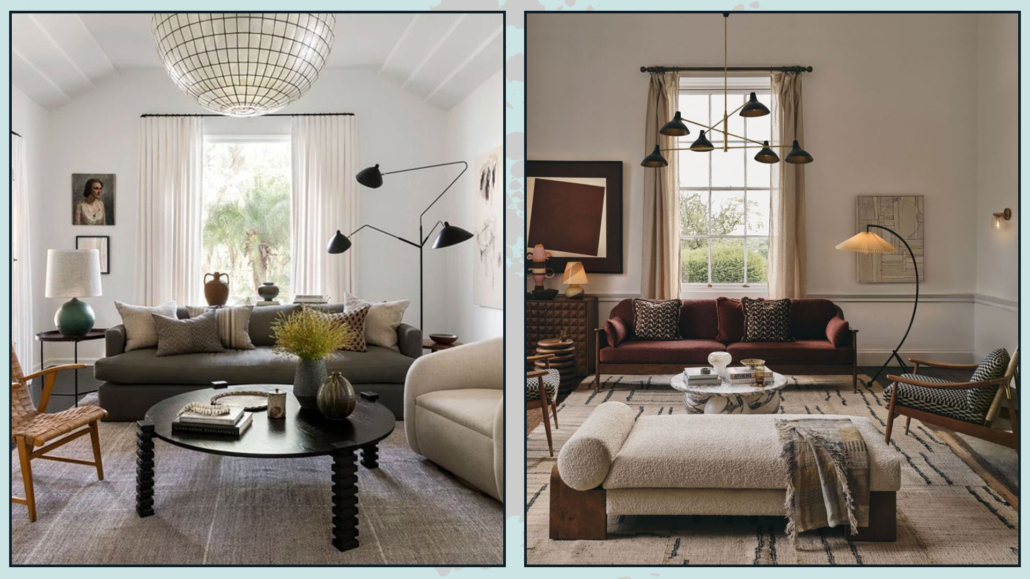
(credits: katiehodgesdesign.com; Soho Home)
– USE A RUG
The living room is composed of various elements: at the very least, a sofa, a coffee table, and a floor lamp or a side table with a table lamp.
A rug serves to “tie together” these elements and make them a cohesive whole.
That is always true, even more so if the living room also includes a dining area.
Moreover, a rug adds a touch of warmth to the space.
When selecting a rug, consider the material, especially if you have pets, to ensure it is durable and easy to clean.
However, it’s an element you shouldn’t give up.
For it to truly “tie” the various elements together, it must accommodate all of them or at least the front feet!

(credits: justinecelina.com; @indiebohonest)
– CREATE A CONVERSATION AREA
Regardless of whether you primarily use the living room for watching television or reading, chances are you’ll have guests over at some point!
Having just one large sofa isn’t ideal for promoting conversation; it’s better to have a slightly smaller sofa and another seating option, even if it’s just a simple pouf!
There are three seating arrangements that help create a conversation area: U-shaped, H-shaped, and L-shaped.
– HERE VARIOUS ARRANGEMENTS
L SHAPED
As you can imagine, the L-shaped arrangement consists of a sofa with a chaise longue or a sectional sofa.
That is perhaps the most common arrangement, as numerous chaise longue sofas are available in the market.
If space allows, you can maintain the L-shape even with two sofas or a sofa and one or two seats placed at right angles.
The solution of a sofa and one or two seats positioned on one side will undoubtedly be visually lighter and create a sense of rhythm!
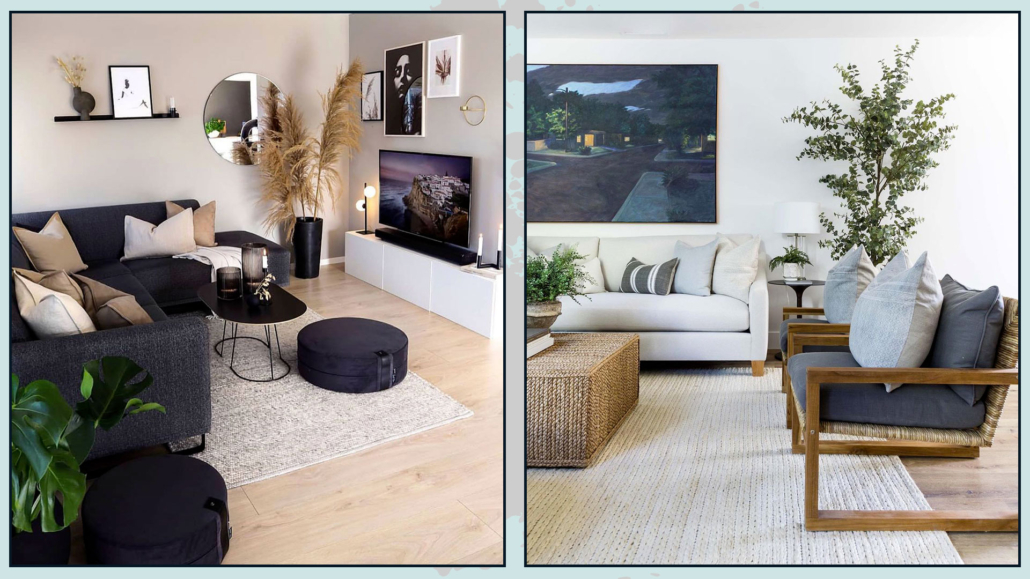
(credits: @carinas_385; puresaltinteriors.com)
H SHAPED
The H-shaped arrangement consists of two sofas (or a sofa and two seats) placed perfectly opposite each other with a coffee table in between.
This setup is undoubtedly very formal and traditional, but it may not be the best if you enjoy watching television!

(credits: karamann.com; Donna Guyler Design)
U SHAPED
Lastly, the U-shaped arrangement can be achieved in various ways:
– a U-shaped sofa;
– three sofas or two sofas and two seats, always placed at right angles;
– alternatively, a sofa and two seats placed opposite each other, but not perfectly parallel.
This last option is also feasible in smaller living rooms!
In practice, the sofa is positioned in front of the TV, and the armchairs are placed beside it, slightly angled, facing the couch.
This layout is ideal for watching TV, conversations, and even reading; you only need to place a lamp near one of the two armchairs!
The arrangement will depend, as already mentioned, on the main function you want to give to the living room and, of course, the available space

(credits: thefoxgroup.com; theblushhome.com)
I hope this article has been helpful and enjoyable for you. If so, let me know in the comments!
Feel free to share it with anyone you think might be interested—I would be honored, and it will help me gain more exposure.
If you feel that your home, or any specific area of it, doesn’t reflect your personality enough, don’t wait any longer and book your consultancy!

